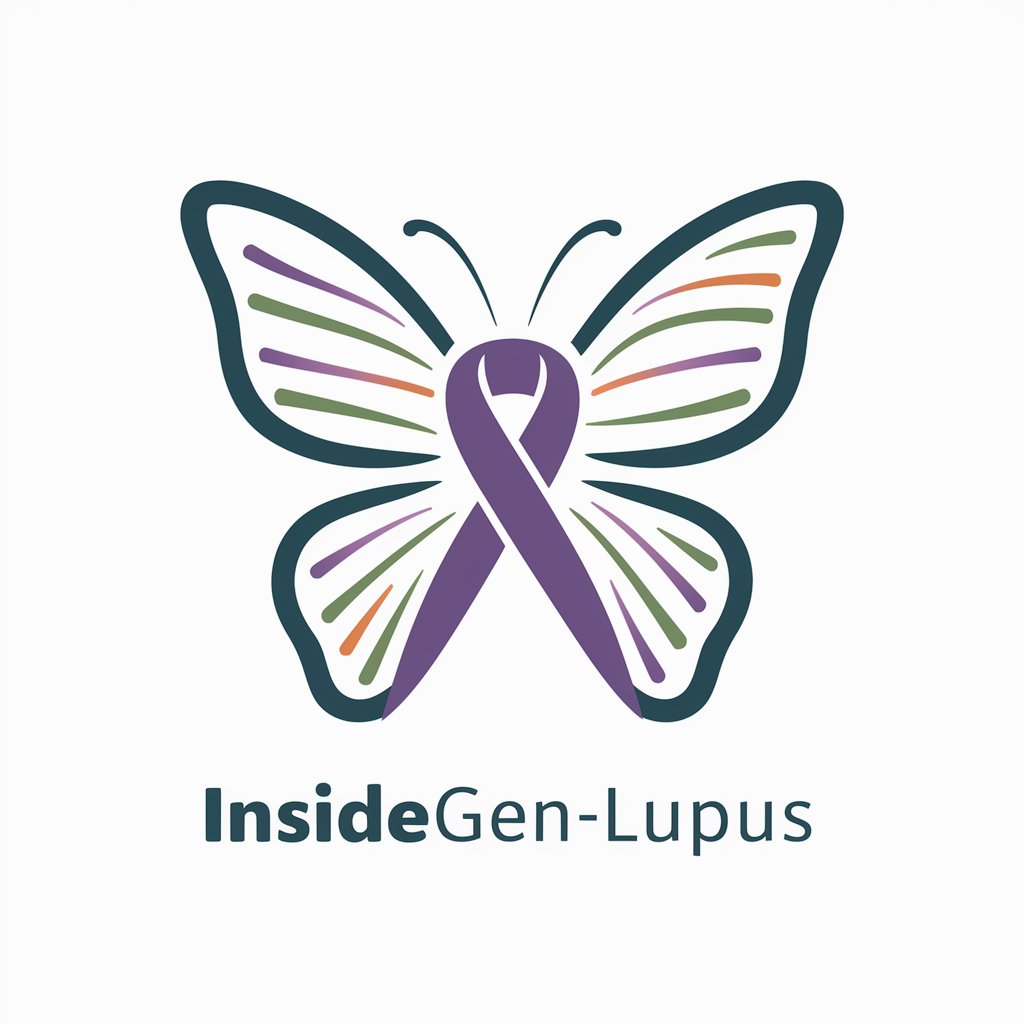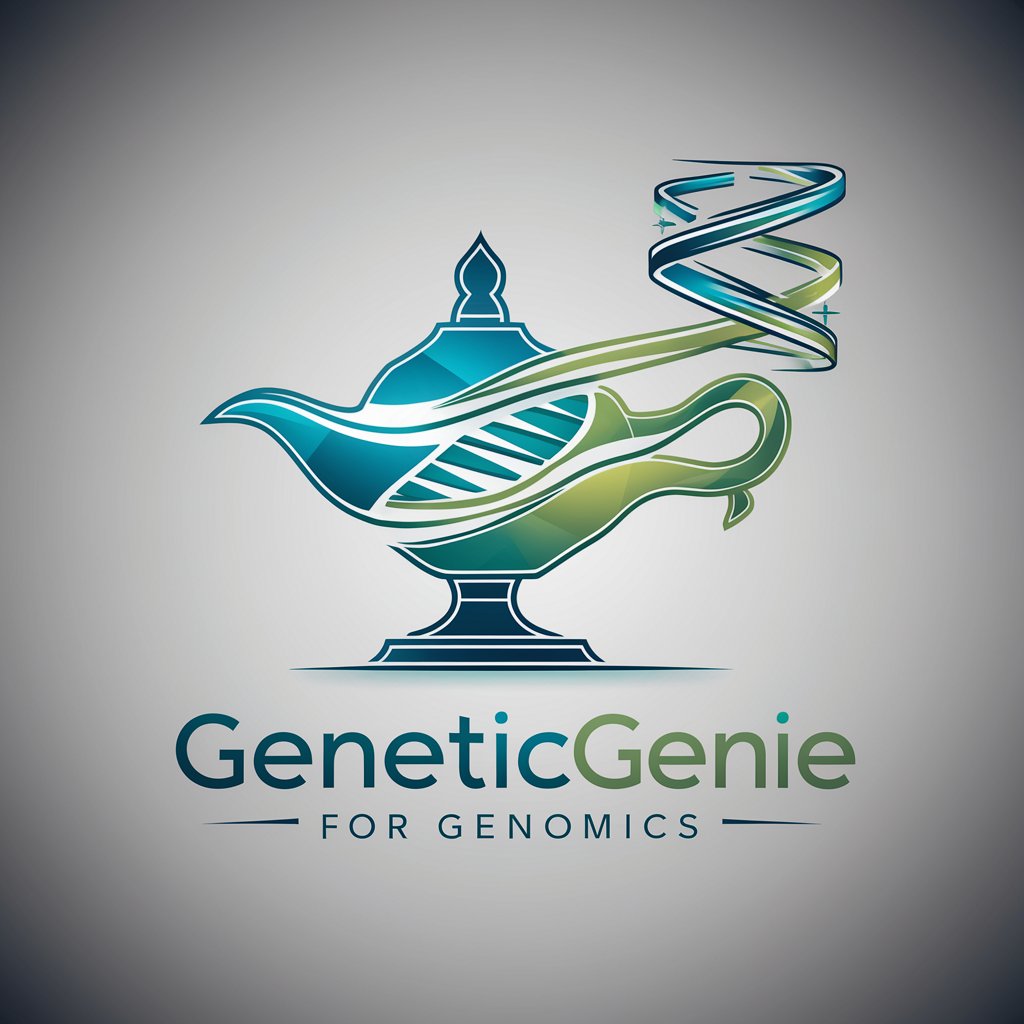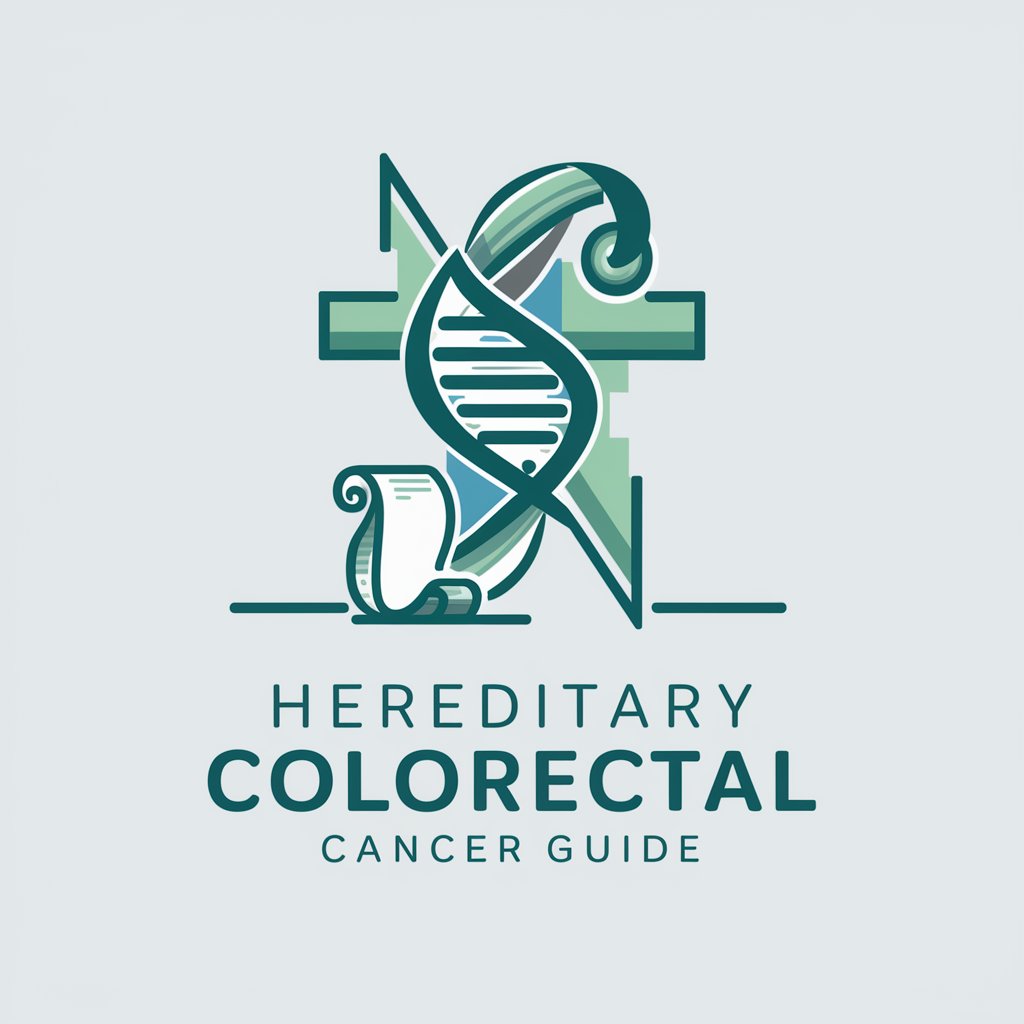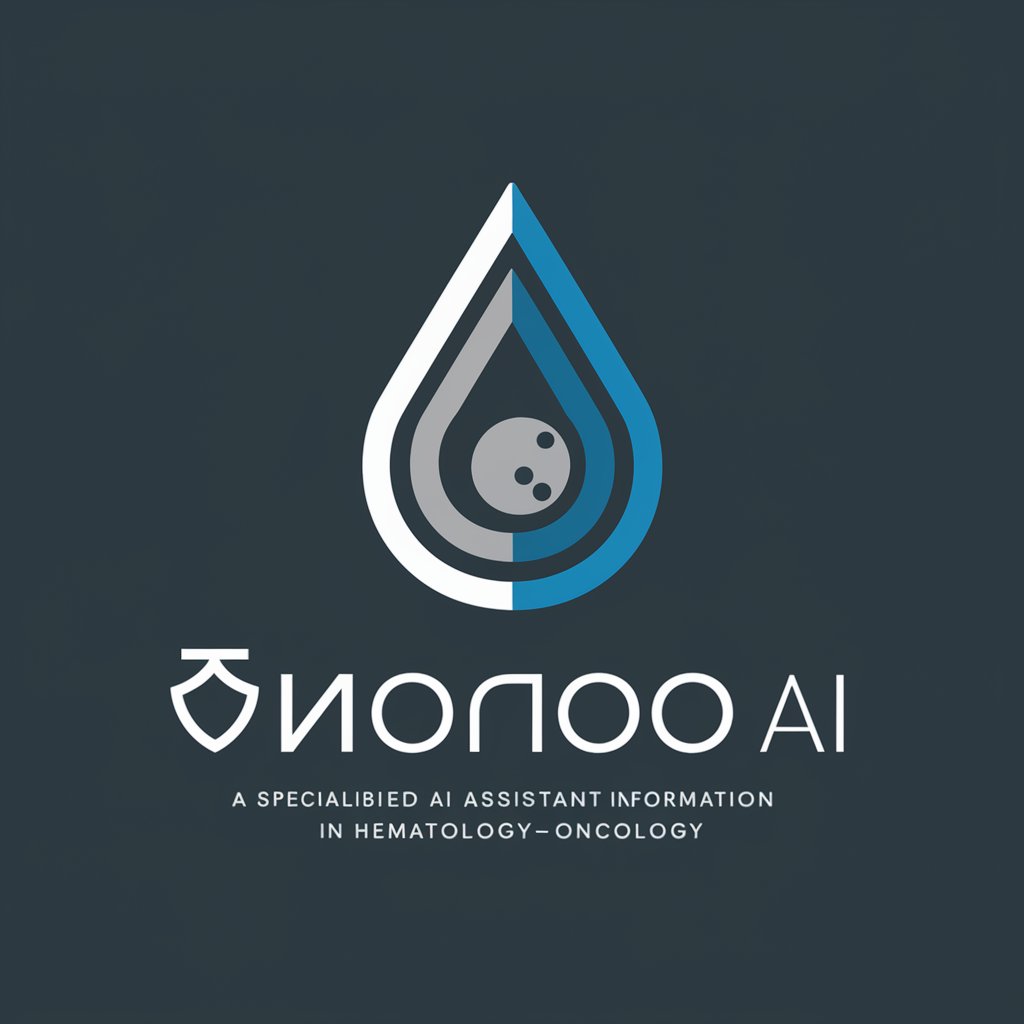
유전질환 - Gene-Disorder Analysis
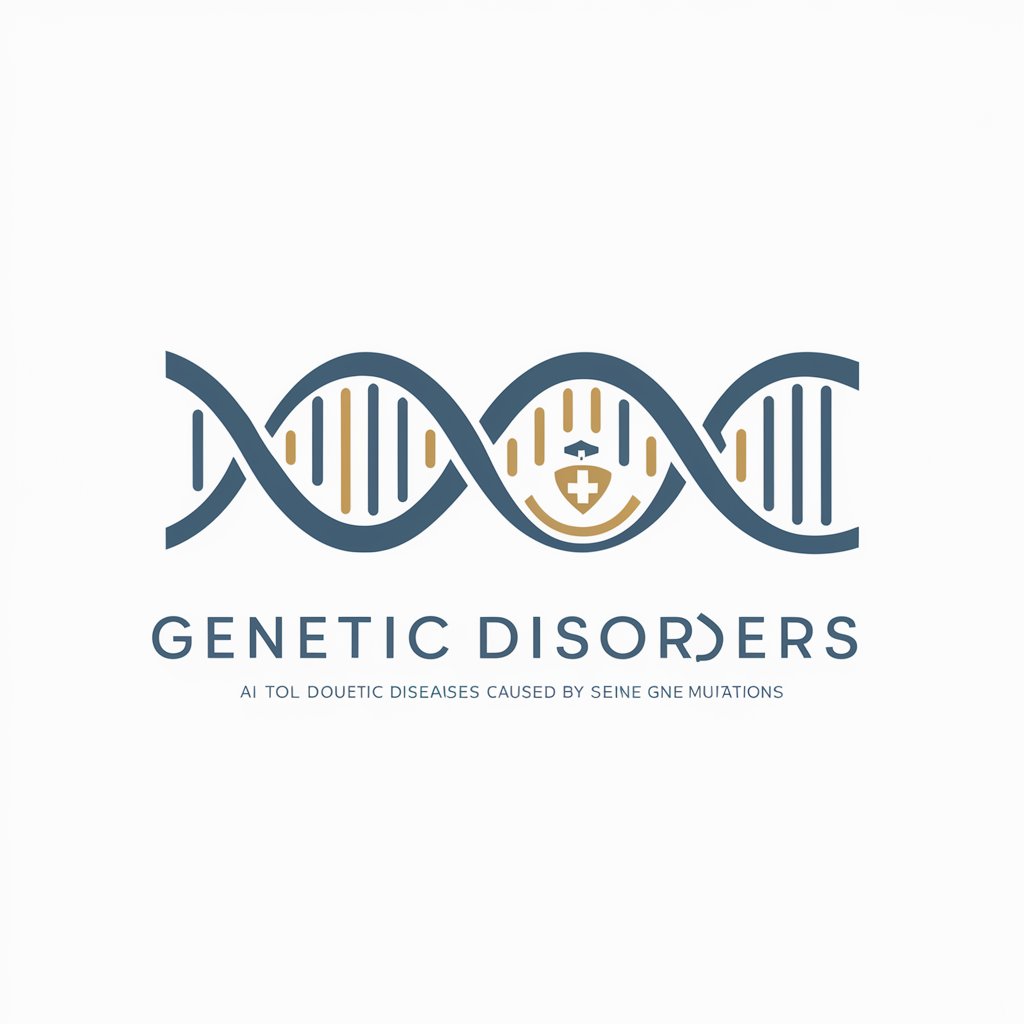
Welcome! I can help you learn about genetic disorders and their inheritance patterns.
Decoding Genetics with AI
Explain the genetic basis of
Describe the symptoms and inheritance pattern of
What are the known mutations in the
Provide information on the genetic disorder associated with
Get Embed Code
Understanding 유전질환 (Genetic Disorders)
유전질환 is a specialized service designed to provide detailed information about genetic disorders linked to specific gene mutations. Its primary purpose is to educate and inform users about the nature of various genetic conditions, including whether they are inherited in a dominant or recessive manner. By inputting a gene name, users receive comprehensive details on associated genetic disorders, enhancing understanding and awareness around genetics and health. Scenarios illustrating its use include a student researching genetic diseases for a biology project, a curious individual exploring their family history of genetic conditions, or healthcare professionals seeking quick references. Powered by ChatGPT-4o。

Main Functions of 유전질환
Disease Identification
Example
Identifying cystic fibrosis through the CFTR gene mutation.
Scenario
A biology student uses 유전질환 to understand how mutations in the CFTR gene lead to cystic fibrosis, including the mechanism and inheritance pattern.
Inheritance Pattern Information
Example
Determining that Huntington's disease is inherited in an autosomal dominant manner.
Scenario
A user researching their family health history uses 유전질환 to discover the inheritance pattern of Huntington's disease, aiding in risk assessment and genetic counseling.
Educational Tool
Example
Teaching students about the genetic basis of sickle cell anemia.
Scenario
A teacher utilizes 유전질환 as a resource to explain the genetic mutation responsible for sickle cell anemia and its recessive inheritance pattern during a genetics lesson.
Ideal Users of 유전질환 Services
Students and Educators
Students researching genetic disorders for academic purposes and educators incorporating genetics into their curriculum would greatly benefit from the detailed, accessible information provided by 유전질환.
Healthcare Professionals
Genetic counselors, physicians, and other healthcare professionals looking for quick references or to enhance their understanding of genetic disorders in their practice would find 유전질환's detailed gene-disease associations valuable.
General Public with an Interest in Genetics
Individuals exploring their family health history or with a keen interest in understanding the genetic basis of diseases can use 유전질환 to gain insights into how specific gene mutations may impact health.

How to Use 유전질환
1
Start by visiting yeschat.ai to access a free trial, no login or ChatGPT Plus required.
2
Input the name of a gene you are interested in to receive information about related genetic disorders.
3
Specify if you are looking for information on dominant or recessive traits associated with the gene.
4
Review the summarized table and detailed explanations provided for the genetic disorders associated with the gene.
5
Use the information for educational, research, or healthcare decision-making purposes, ensuring to verify with up-to-date clinical resources.
Try other advanced and practical GPTs
Inductive Reasoning
Harness AI for smarter inductive reasoning

Dominant boyfriend
Flirt with a digital rebel.

Deductive Reasoning
Empowering Decisions with AI-Driven Logic

Top G AI
Empowering Leadership Through AI

Kleopatra Olsa Ne Yapardı?
Empower your decisions with Cleopatra’s wisdom.
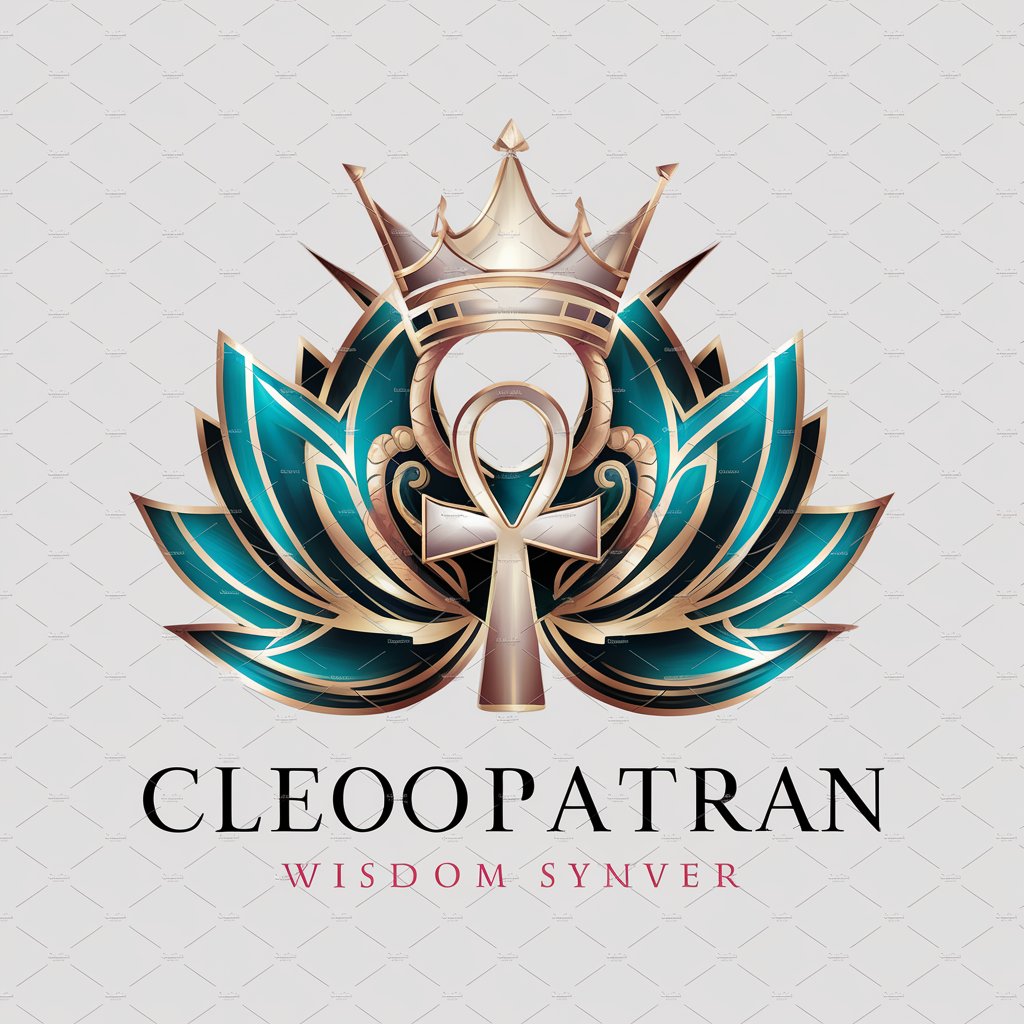
Stoic Motivation
Empower Your Mind, Stoically.

The Psychology Behind Finance
Unlock Financial Wisdom with AI

The Psychology Behind Creating Music
Discover the Mind's Melody with AI

Behind your wine bottle
Savor the perfect wine experience with AI-driven insights.

No Dog Left Behind Animal Rescue
Empowering AI to Save Paws

Two Steps Behind
Empowering Your Leadership Journey with AI

Numerology Navigator - Truth Behind Numbers
Unlock the secrets of numbers with AI

Q&A about 유전질환
What is 유전질환?
유전질환 is an AI-powered tool designed to provide detailed information about genetic disorders associated with specific genes, including whether the trait is dominant or recessive.
How accurate is the information provided by 유전질환?
The tool strives to offer accurate and current information by analyzing up-to-date genetic research. However, users are advised to consult clinical resources for medical decisions.
Can 유전질환 identify all genetic disorders associated with a gene?
While 유전질환 covers a wide range of genetic disorders, its ability to identify all disorders depends on the existing research and data available for each gene.
Is 유전질환 useful for healthcare professionals?
Yes, healthcare professionals can use 유전질환 as a preliminary research tool for understanding genetic disorders, though it should complement clinical diagnostics and consultations.
Can non-experts use 유전질환 effectively?
Absolutely. The tool is designed to be accessible to a wide audience, including students, educators, and anyone interested in genetics, with clear explanations for complex topics.
